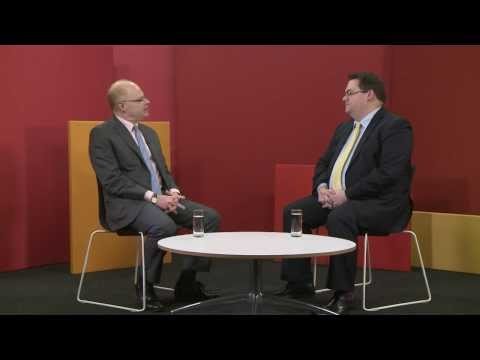Alternative Investment Fund Managers Directive (AIFMD) Financial Conduct Authority
Post on: 21 Июнь, 2015 No Comment

Last Modified: 28/01/2015
The Alternative Investment Fund Managers Directive (AIFMD) was published in the Official Journal of the European Union on 1 July 2011 and was transposed into UK law on 22 July 2013.
Alternative investment fund managers should see our information on AIFMD reporting and see our FAQs on AIFMD reporting and using Gabriel .
The scope of the AIFMD is broad and, with a few exceptions, covers the management, administration and marketing of alternative investment funds (AIFs). Its focus is on regulating the Alternative Investment Fund Manager (AIFM) rather than the AIF.  
An AIF is a ‘collective investment undertaking’ that is not subject to the UCITS regime, and includes hedge funds, private equity funds, retail investment funds, investment companies and real estate funds, among others. The AIFMD establishes an EU-wide harmonised framework for monitoring and supervising risks posed by AIFMs and the AIFs they manage, and for strengthening the internal market in alternative funds. The Directive also includes new requirements for firms acting as a depositary for an AIF.
- To enhance supervisory practices among EEA competent authorities to support timely and pre-emptive action to prevent market instability and the build-up of systemic risk in the European financial system.
- To improve investor protection by imposing new depositary standards and enhanced transparency through new investor disclosure rules and mandatory reporting to competent authorities.
- To foster efficiency and cross-border competition by deregulating national barriers and creating level playing fields through harmonised rules on an EEA-wide passport for full-scope EEA AIFMs to market and manage AIFs from 22 July 2013.
The AIFMD includes requirements for:
- The authorisation of the fund manager (full scope AIFM) or, alternatively, registration subject to a lighter regime for AIFMs managing AIFs with ‘assets under management’ below certain thresholds. Sub-threshold AIFMs may not benefit from the AIFMD’s marketing and management passports; however, they have the right to opt-in to full authorisation to access AIFMD passports. 
- Conduct of business (fair treatment of investors, conflicts of interest, remuneration, risk management, valuation, disclosure to investors and regulators).
- Regulatory capital – initial capital, ‘own funds’ and professional indemnity insurance requirements.
- The safekeeping of investments (via the mandatory appointment of depositaries and custodians).
- Controls over delegation of certain tasks, including portfolio management and risk management.
- The marketing of AIFs to professional investors within the EEA.
- The use of leverage by AIFMs for all AIFs under management. EEA regulators will have new powers to intervene, placing restrictions on leverage and other supervisory restrictions where needed to avoid the build-up of systemic risk.














